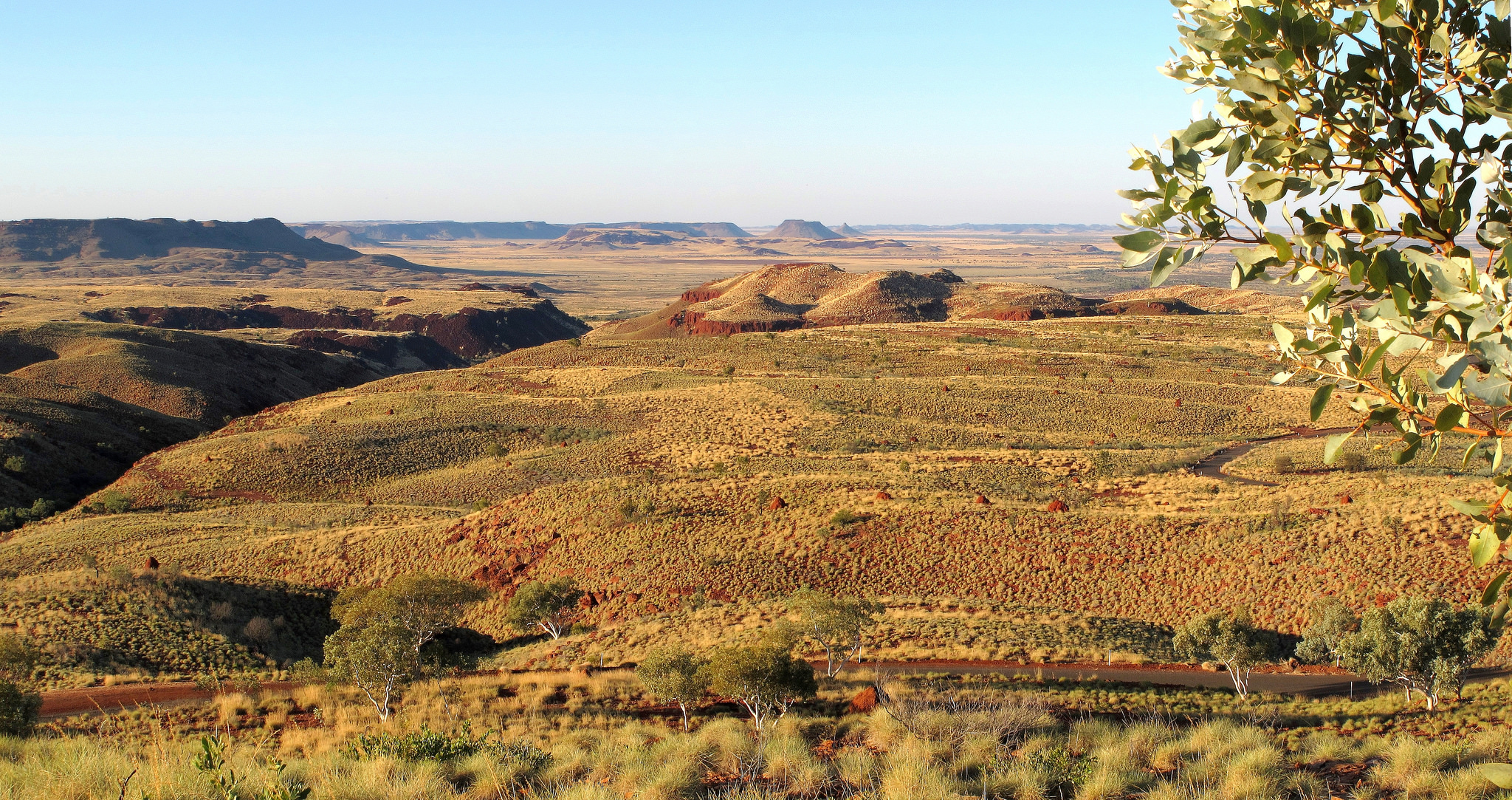One-hundred-and-five years ago, held only by thumb and forefinger on outstretched arms, a smelly and disintegrating bird skin was being passed between learned gentlemen in Western Australia. It seems that everyone knew something of its significance but nobody really wanted it in their possession on account of its putrid condition. Despite its unappealing state it eventually made its way to Gippsland in Victoria, no less that 3,000 km from where it was first collected, where after a while (and most unfortunately) it was unceremoniously thrown away .
Until 1990, when a dead bird was found in south-western Queensland (QLD) , the smelly skin was the last confirmed sighting of a Night Parrot (Pezoporus occidentalis) anywhere in Australia. In the intervening 78 years, there had been many fleeting glimpses, but nobody was able to collect the irrefutable evidence that must accompany records of such a rare species. Everyone wanted to believe them but, without objective tangible evidence that could be independently scrutinised, there was a limitation in just how much veracity could be assigned to the sightings. This even included observations by professional ecologists and experienced bird-watchers.
When the first photos of a living Night Parrot were taken in south-western QLD , I began working with a small team of researchers in south-western Queensland trying to understand as much as possible about them so that we might prevent their extinction. We have learnt a great deal in a relatively short period of time – aspects relating to breeding , feeding, movements and habitat use . But one of the things that I have always found surprising was that, subsequent to Night Parrots being confirmed at the site, whenever we reported a sighting nobody questioned us. There were many instances where we saw birds in poor light and for only a second or two, but didn’t take a photo or record a sound or collect a feather. Encounters that, for the most part, had no more objective free-standing evidence than the myriad of sightings that had been made over the preceding decades. However, one very obvious difference was that our sightings had been made at a location where Night Parrots were known to exist with certainty. It seems that the context of simply knowing a species exists is very important.
Just over a month ago four bird-watchers visited a site in remote Western Australia. What happened next was one of the most significant developments in the story of Night Parrots to date. Guided by years of essential work identifying potential Night Parrot habitat by Neil Hamilton and Allan Burbidge (of the Department of Parks and Wildlife), the merry quartet were able to take photos of Night Parrots – the first irrefutable evidence of the species’ continued existence in Western Australia since that poor unfortunate individual was shot in 1912 and later discarded.

It is interesting to think about how the new Western Australian evidence might influence the veracity of previously unconfirmed reports. In our database of Night Parrot sightings that extends back to when the first specimen was collected in 1845, there are 67 records in Western Australia and several of these are close to where the recent photographs were taken. One of the most important goals of Night Parrot conservation is to clarify their current distribution. As such, it seems as though we might be well-served to take a second look at many of the places were unconfirmed sightings were made, through the lens of knowing for sure that Night Parrots definitively exist in the region and indeed in the state. If more sites can be confirmed it will bring us one step closer to securing a future for Night Parrots.
The other significant implication of the Western Australian record is how it has vindicated the management of Night Parrots by the federal and state governments. Despite the lack of confirmed Night Parrot sightings in Western Australia, over the past few decades both levels of government have applied the precautionary principle and expected development proponents (mostly mining companies) to consider their impacts on the species, if indeed they were set to impact on suitable habitat and/or there were unconfirmed Night Parrot records in the vicinity. This exact thing happened in 2005 in Western Australia, when two biologists (Rob Davis and Brendan Metcalf) reported Night Parrots in an area proposed for iron ore mining . Because of that sighting the federal government requested that the proponent invest Au$1 million into Night Parrot research. Most of this investment has been spent at the south-western Qld site and had resulted in a significant increase in the knowledge of the species. So it seems as though the government made the right call, and it’s all the more fitting that the sighting which triggered the research was made within the very state where we now know for sure Night Parrots still do, DEFINITELY, exist.
 Zoology
Zoology
Responses